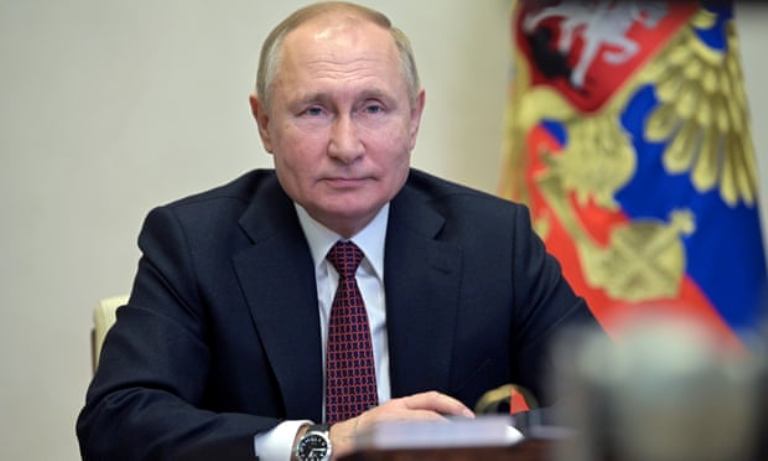
Russian President Vladimir Putin. COURTESY
The west has been fixated for more than two months on Russian preparations to mount a new land invasion of Ukraine. Except, it hasn’t happened – and it’s not likely to happen, at least in the form that’s most commonly imagined. Russia has used the bright, shiny object of an obvious troop concentration to panic the west into considering seriously its demands for rolling back Nato. But by focusing on the wrong problem, and joining in negotiations on Russia’s terms, the US and Nato have fallen for a massive strategic deception operation.
By all accounts Russia’s preparations for conflict are genuine. But then, they have to be. When it conducted a dry run for the current deployments last year, Russia saw how foreign analysts swiftly discounted the likelihood of a major assault because they saw forces had not arrived with essential materiel, such as medical supplies or ammunition, or the support elements necessary to mount and sustain combat operations. This time Russia has made sure they are there, and visible. And Russia is continuing to move troops westwards in order to keep up the pressure on western decision-makers.
That’s led to a view that the deployment cannot be just for show, since it is “too big not to be used”. But that misses the point that it already has been used – it is precisely this concentration of Russian troops that has brought the US to the table to talk about what Russia wants. And away from the immediate and explicit demands tied to the troop buildup, Russia has achieved other, secondary, objectives. Issues previously at the front of western minds, such as Russia’s occupation of Crimea and continuing ceasefire violations in eastern Ukraine, have been swept aside by more urgent concerns over imminent escalation.
This isn’t even the first time Russia has done this. After the seizure of Crimea in 2014, Russia caused surprise with the speed and effectiveness with which it moved large numbers of its land forces to the border with Ukraine. But the main role of those forces throughout most of 2015 was to sit on the border, augmenting and depleting as required, in order to focus the attention of the west and provide the menace to reinforce Russia’s demands for a flawed and unworkable “ceasefire”.
It’s true there are a number of well-argued and highly plausible scenarios for land operations against Ukraine. But each of them presents Russia with significant challenges. A limited-scale operation brings no benefits Russia doesn’t already have, while a full-on onslaught designed to take and hold Ukrainian territory is considered beyond the reach of the force currently assembled.
In the most recent statements from the US, firm responses to Russia are promised in the form of severe economic sanctions and military reinforcement of Europe – but if, and only if, Russia mounts a land invasion of Ukraine. That’s another powerful incentive for Russia to do something different instead.
In fact, the the approach the US has taken seems to completely disregard the wide range of options for hostile action by Russia that don’t actually involve invading anywhere. The option of cross-border strikes using air, missile or cyber power remains on the table. But even then, the UK’s public naming of individuals said to be earmarked by Russia as a puppet government for installation in Kyiv shows that conventional military forces are only part of the story. Subversion, sabotage and deniable operations to disrupt and destabilise the target country are other tempting means for Russia to make its displeasure felt.
And Ukraine may not even be the target. If Russia believes any of its own propaganda, President Putin thinks that what he is confronting in Ukraine is not Ukrainians but the west. And Russia’s demands are aimed at Nato and the US, not Ukraine itself. What that means is that any Russian action intended to step up the pressure may be directed elsewhere, and non-Nato European states farther afield may be at risk of deniable damage or disruption.
Finland is a hard target. Sweden has demonstrated its readiness. And Ireland, recently the target of unwelcome Russian attention, is anticipating Russian naval exercises in its exclusive economic zone (EEZ) at the beginning of February – Irish parliamentarians have pointed to the sensitive location for the live-fire drills, saying Russia deliberately chose it for proximity to shipping lanes, flight paths and subsea cables. When considering the full range of Russia’s options, it’s essential to think not only outside the box but also outside Ukraine.
None of this means that defensive assistance to Ukraine is wasted. Supplies of essential arms and equipment are reducing the likelihood of a ground incursion still further. And regardless of its intent, for as long as Russia has the capability poised to move on Ukraine, precautionary measures such as evacuating embassy staff from Kyiv are prudent.
And there’s always scope for all-out war after a catastrophic error of judgment by Russia. Despite caricatures of Vladimir Putin as a wily strategist anticipating his opponents’ every move by simultaneously playing judo and chess, the ruling elite in Moscow is no more immune to miscalculations and self-inflicted injuries than others around the world.
But for now, officials in Kyiv point out that responding to Russian threats with “panic” only serves Moscow’s interests. Early concerns that Russia would mount a hostile demonstration in order to force the pace of negotiations have not been borne out. Instead of Putin delivering his promised “military-technical response”, the process has dragged on, with its economic cost steadily mounting. Russia may soon feel it needs to make its move, but we shouldn’t expect that move to be the one everybody is waiting for.
* Keir Giles works with the Russia and Eurasia programme of Chatham House. He is the author of Moscow Rules: What Drives Russia to Confront the West






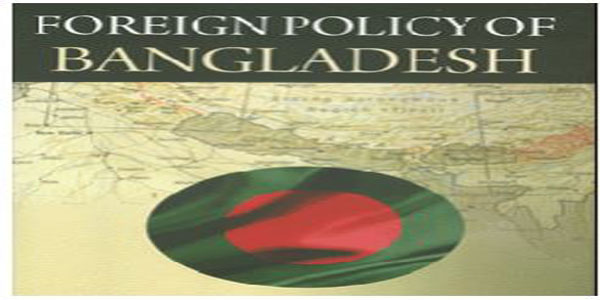
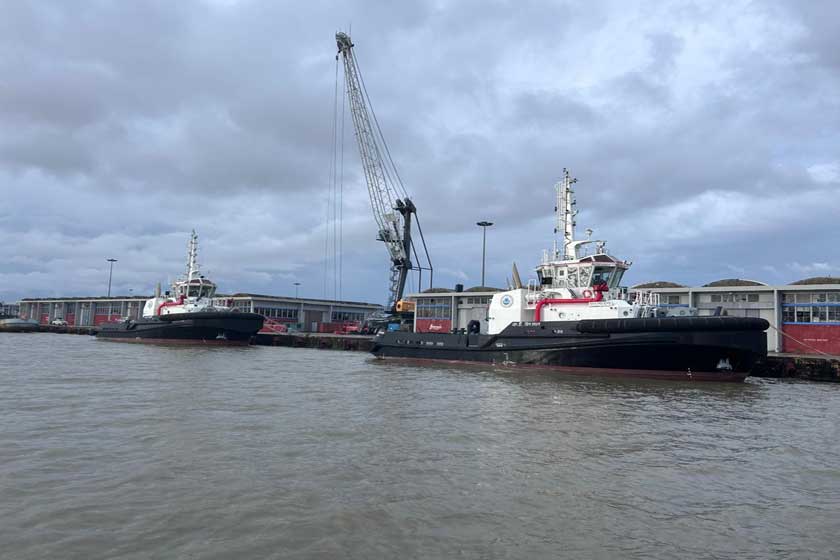
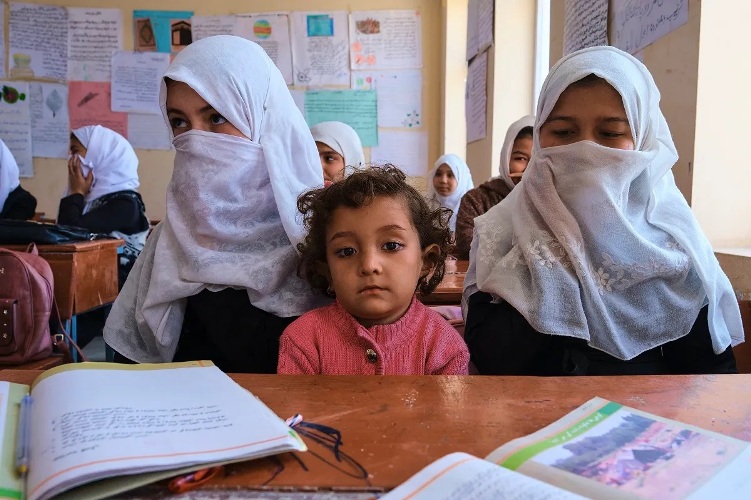
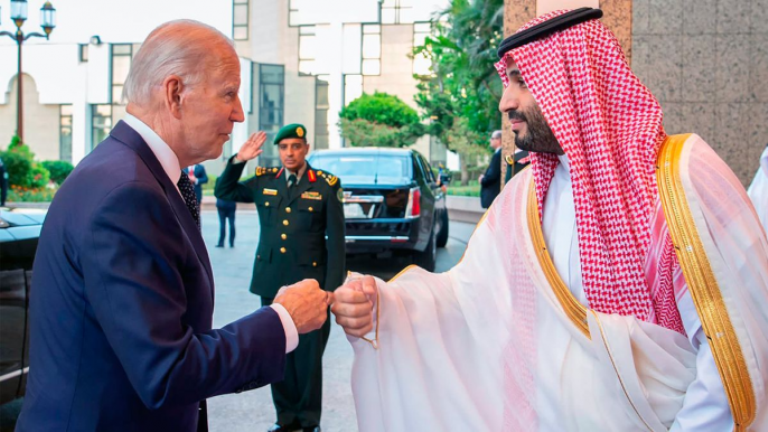

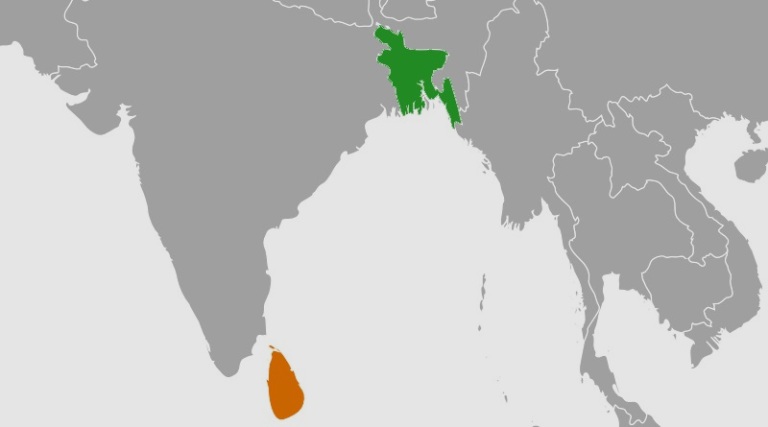
0 Comments